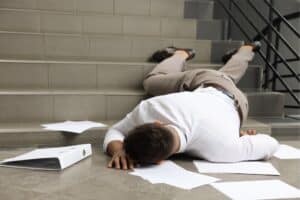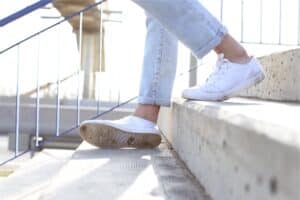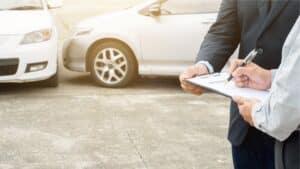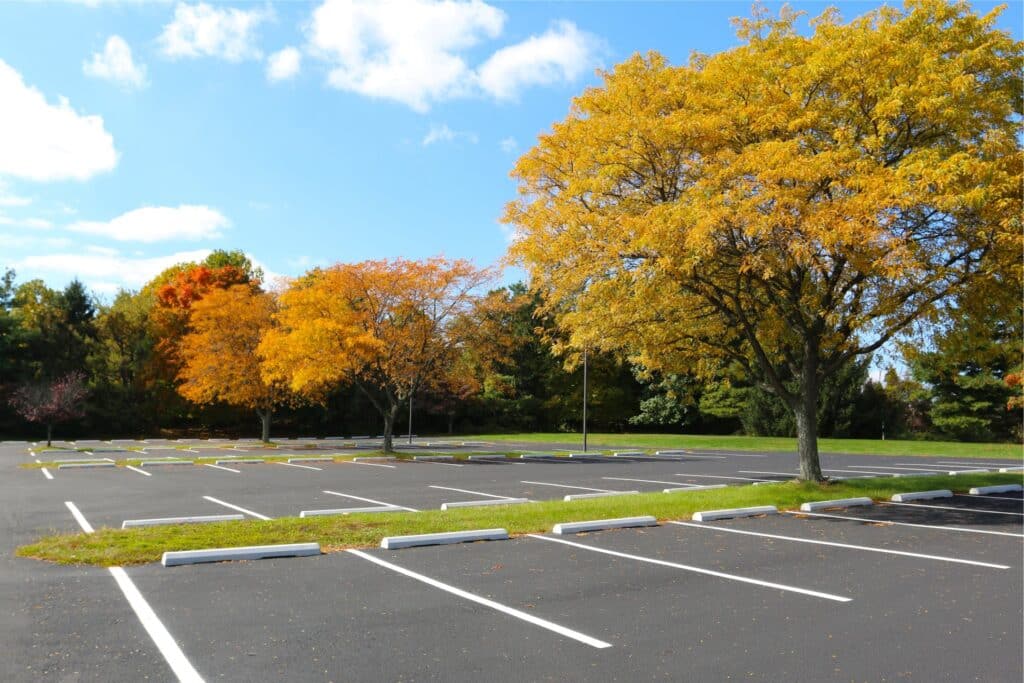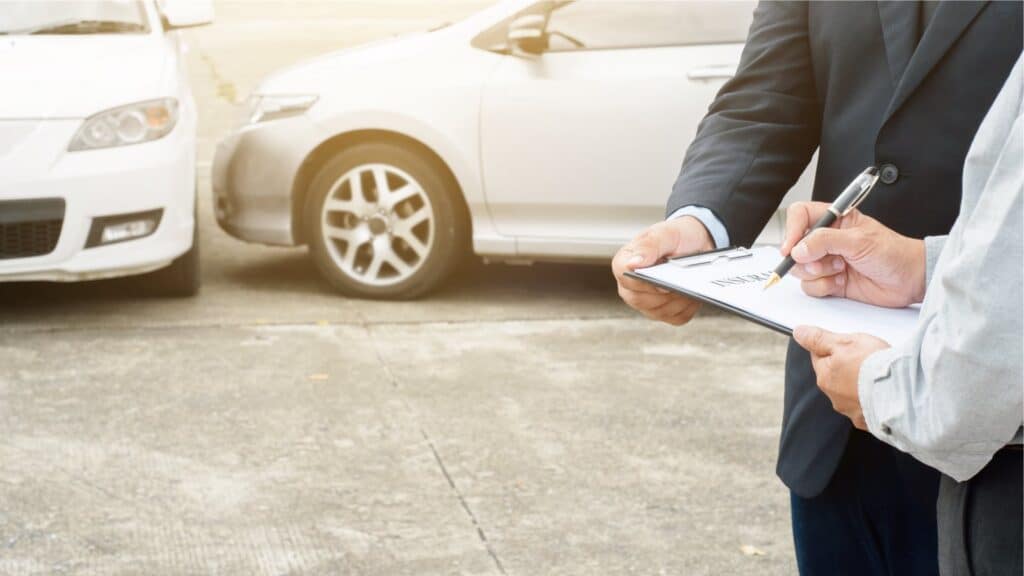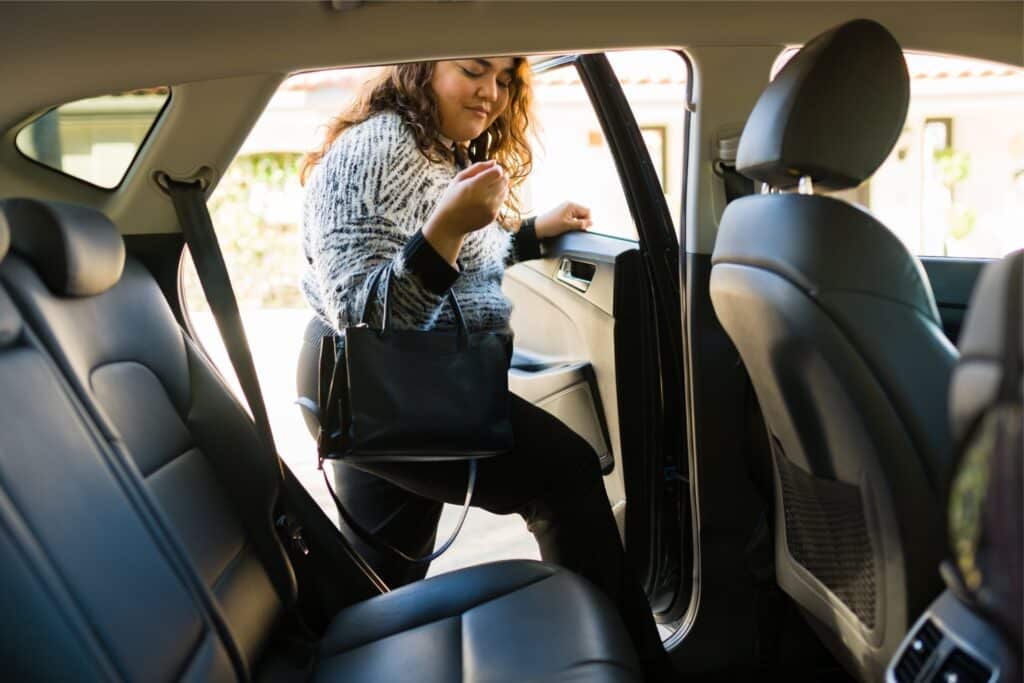As a parent, you want to do everything possible to protect your children from injury. One of the most important things you can do is try to ensure your child does not become involved in a side-impact or T-bone accident.
Unfortunately, sometimes you can obey all traffic rules and find the side of car your car struck by another driver. This side impact or T-bone crash is the most dangerous type of car accident for a child and parents need to know their rights if a child sustains harm.
Side Impact Crash Risks for Children
Buckling up your children save lives, as does the use of car seats or other appropriate child safety seats. Unfortunately, until 2014, National Highway Traffic Safety Administration (NHTSA) had not proposed a rule to establish crash testing protocol to determine how child safety seats performed in T-bone crashes.
In 2014, NHTSA proposed a crash test process which involved testing how well car seats protected kids from side-impact accidents. The test aimed to determine the effectiveness of child safety seats in keeping both a one-year-old and a three-year-old child from serious injury in a side-impact accident.
A special sled would be used to simulate the effect of a car traveling at 15 miles per hour being hit by a vehicle traveling at 30 MPH. The NHTSA proposed to establish a three-year time frame for car seat manufacturers to make changes in response to testing.
The three-year time frame and general delay in crash tests focused on child restraints in side impact crashes could help to explain why car seats and seat belts are not as effective at protecting kids from side impact accidents as they are in keeping kids safe when other crash types occur.
A study in Association for Advancement of Automotive Medicine found children wearing seat belts suffered greater injuries in side impact crashes as compared with children wearing seat belts in frontal collisions.
Injuries were measured on the Modified Adjusted Injury Scale, which has numbers ranging one to nine, with nine representing more serious injury and one representing less serious injuries. Among children with a MAIS score of three or higher, only 17 percent had seat belts on in front impact crashes. In side impact crashes, 30 percent of children with a MAIS score above three had seat belts on.
Seat belts or child restraints should be improved to focus on protecting the child’s head and abdomen and preventing the child from making head-contact with intruding vehicles striking the car in a side-impact crash.
Children, in general, have higher MAIS scores in side-impact accidents. Kids between ages one and five had an MAIS score of at least two in 41 percent of side impact crashes, compared with 15 percent of kids with an MAIS score of 2+ in head-on front impact collisions, and three percent in rear-end crashes.
If seat belts and child restraint systems are changed to better keep kids safe from side impact accidents, hopefully injury and death rates will fall. However, it is ultimately up to every driver not to make unsafe choices and cause side-impact collisions so they can help to keep kids safe.
This entry was posted on Monday, December 28th, 2015 at 7:51 pm and is filed under Car Accidents. You can follow any responses to this entry through the RSS 2.0 feed. You can leave a response, or trackback from your own site.

